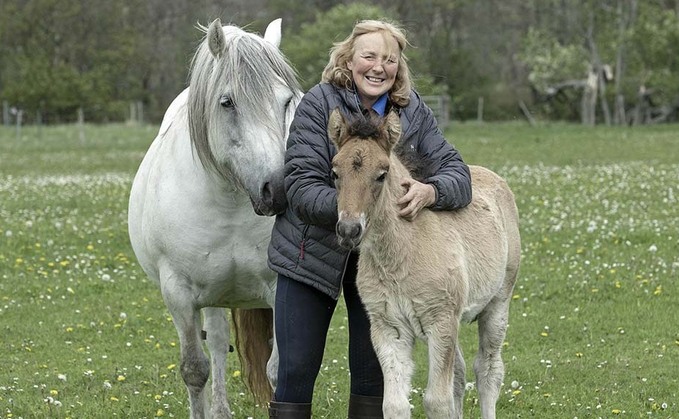
The Queens lifelong love of horses has never wavered and has found many outlets, but few seem to have given her more pleasure than breeding Highland Ponies. Ewan Pate reports. The Queen may be patron...

The Queens lifelong love of horses has never wavered and has found many outlets, but few seem to have given her more pleasure than breeding Highland Ponies. Ewan Pate reports. The Queen may be patron...